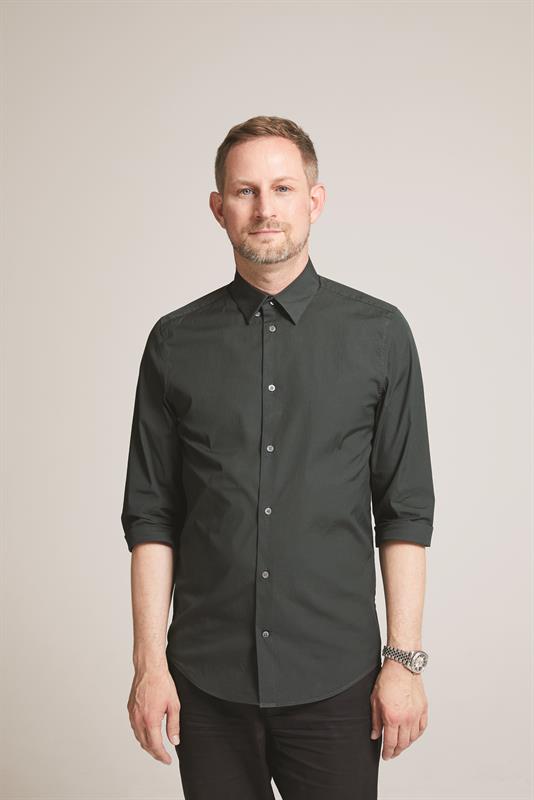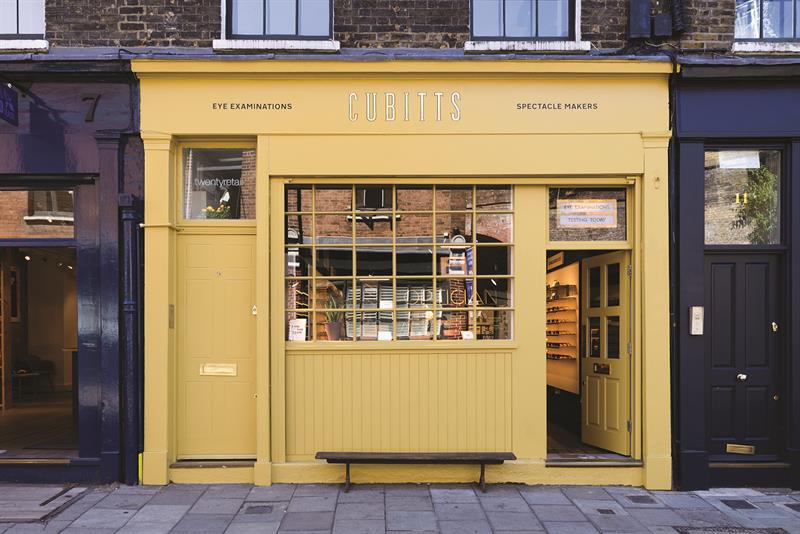
Much has been written in news stories about the habits of millennials and Generation Z, from not being able to afford a house because they spend too much money on avocados to analysis of why they are drinking less alcohol and not eating bacon.
This group of customers is also expecting more from the services they choose to spend their money on compared to older generations. They are disrupting optics too and demanding retail experiences that are transparent and value for money.
Mario Muttenthaler, chief marketing officer at VIU, explains to Optician that since the company’s inception it has targeted millennials. ‘What we have found is that there’s definitely a sweet spot with millennials. We are focusing on them because we know there is a natural interest,’ he says.
London-based group Cubitts does not intentionally focus on appealing to younger generations. However, founder Tom Broughton muses that as Cubitts is a young brand, its offering is naturally inclined towards what those groups expect, such as amazing service, a no quibble returns policy and a customisable product.
‘Curation is really important to the younger groups. They want their choice rather than loads of choice, so we try to keep the options really simple. They expect transparency because they’ve grown up with access to the internet where you can research price within a few seconds. They’re allergic to a lot of things that the optical industry is traditionally famous for, such as upselling, add-ons and different kind of lens treatments,’ he shares.
The full package
Muttenthaler notes that millennials are looking for something more than just a medical device. ‘They come to VIU to find something that helps them express themselves and their individuality and their look, and I see those as a fashion item, which obviously is perfect for that millennial consumer,’ he explains.
 Mario Muttenthaler
Mario Muttenthaler
Millennials want the flexibility to be able to choose whether to shop online or whether to come in store. ‘It’s about choice, fashion and style knowledge. They are looking to us to help them find the perfect frame. They are trusting us with their vision and they want to know that our optometrists and dispensing opticians know what they’re talking about. From the eye tests through to quality lenses, they want the full package,’ Muttenthaler says.
Acknowledging the challenges of securing business from this group, Muttenthaler shares that VIU has to provide millennials with a reason to shop with the brand. ‘I think for us coming into the UK as a newcomer, it’s about giving people a reason to switch,’ he explains, noting that social media is an important tool for inspiring and influencing browsing habits. ‘Once a customer buys glasses from an optician, if they are happy with the service and the product then I think they tend to be loyal. I think this is also the case for millennials,’ Muttenthaler says.
Broughton says younger generations do not shop in the traditional manner, which makes brand awareness important for Cubitts. ‘The idea of going out to browse five or 10 different optical shops to see the range of products, they just won’t do that. They’ll do all of their research online. The hardest thing is to make them aware of you by cutting through all the noise because there’s so much competition online. People are constantly bombarded with adverts so brand awareness is more of a struggle than getting people through the door.’
He emphasises the value of word of mouth and personal recommendations over digital advertising. ‘We see channels like Instagram as a way to just make people aware of the brand rather than an opportunity to sell something directly. A product like spectacles, and optics generally, is so nuanced and quite hard to convey in a single Instagram photo. In optics, what’s online as a proportion of the market? Ten percent, probably less than that, which compared to other consumer products is really low,’ Broughton shares.
Customer experience
Muttenthaler says VIU understands what millennials are looking for and is aware they use the internet to research and shop. ‘We’ve done a lot to give them new opportunities and take them on that journey as far as they want to. We offer a free try at home service, so if you want to try on glasses before you buy them, you can actually order them from the website. We’ve also introduced a virtual try-on service on the website so you can see them on your face before you buy them.’
If a prospective customer does decide to visit the practice, VIU has worked to create an experience where they are made to feel special. ‘When you walk into our store it’s much more of a fashion boutique experience than it is walking into a typical opticians,’ he shares. Customers can book an appointment online and VIU has added digital experiences in store, such as QR codes, which when scanned provide more information about the product and service. ‘What we’re trying to do is bring digital in store, which I think is something that’s very important to the customer of today, in particular millennials,’ Muttenthaler says.
Cubitts also provides a try before you buy experience with a home delivery service or an online virtual try-on tool. Broughton explains that these services provide the customer with the opportunity to validate their decision with friends and family. ‘Our virtual try-on tool, the Speculator, allows the customer to take photos and email it to friends. We see that people do that a lot, so they’ll try four or five frames on and compare them. It’s another way of helping people through that process. It minimises the chances of them making a purchasing decision they later regret,’ he says.
Transparency of product and services is a quality that younger generations also value at Cubitts. He explains Cubitts’ pricing model was designed with simplicity in mind. ‘We have different pricing levels, so there is made to measure, bespoke and a core collection, but it’s all super transparent and up front. We like the idea that before somebody walks in a store, they already know exactly what the price is going to be,’ he shares.
 Cubitts' Borough practice
Cubitts' Borough practice
Speaking about his own experiences, Broughton says: ‘When I first was having my eyes tested as child, you hand your prescription over to an expert, then you left with no real understanding of what happened. Whereas younger customers at Cubitts are really interested in knowing what their prescription means, what their eye health is and how that compares to other people.’
He shares that this information forms part of an experience that customers seek when deciding where to shop: ‘Optics is definitely moving away from something really functional where every two years you go for your eye test and then you buy a product. Currently, only 20% or 25% of people come and have an eye test and buy a frame. What they want to do is buy frames first and maybe they’ll need an eye test. That two-year cycle is breaking down and changing. As a result, people are going to things because they enjoy the store, they enjoy the people, they enjoy the experience or they just want a new product. That has a whole bunch of implications for how a practice operates.’
Cubitts provides a customer experience partly through the use of technology, such as its new app Heru, which naturally appeals to the younger, tech savvy demographic. Broughton explains that if a 22-year-old visits the practice then it might be the first time they have bought their own frames. He believes they do not have any preconceived behaviours of the optical journey, allowing Cubitts to define it.
 Tom Broughton
Tom Broughton
Discussing the new tool, Broughton explains: ‘Heru uses a true depth camera in the latest generation of phones to take a really accurate scan of your face, with sub-millimetre precision, and it can recommend a frame or lens. You can choose the colour or change the bridge and then when you’re happy with it you can send it off to the production queue.’
Once a face scan is complete, Heru turns the customer’s face into optical measurements, including pupillary distance, head width, temple width, sphenoid width, optical radius, frontal angle and splay angle.
Broughton says this type of tool curates options for customers while providing customisation. It can also be used at home. ‘We’re really excited about Heru because I think it will change the way that people buy, select and customise products. Every single person has a smartphone now and people’s perceptions are changing. People are much more amenable to using technology to help with the dispense and the frame choice,’ he concludes.
